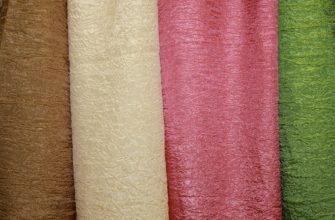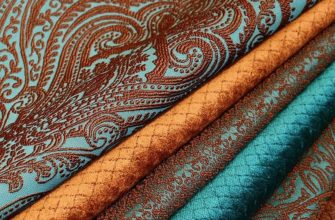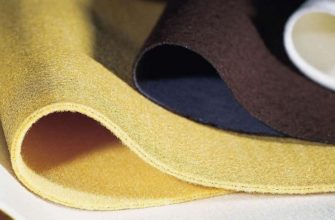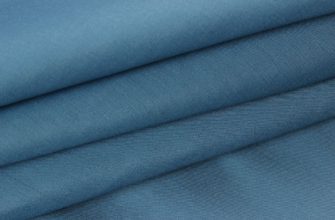More and more people are interested in creativity, namely, creating original things for themselves and their children. This is due to the fact that it is not always possible to find a specific wardrobe item in stores that would suit all parameters. Many take purchased items to studios and workshops to "adjust" them at their discretion. And some master a new craft, such as sewing. With the increase in new needlewomen, the demand for fabrics and corresponding stores that provide an assortment of various materials is growing, mink fabric is just such an option.
What is the minky plush for?
Search engine queries on the topic of fabrics are steadily growing every day. And one of the most popular among them is Minky plush, so what kind of fabric is minky plush?
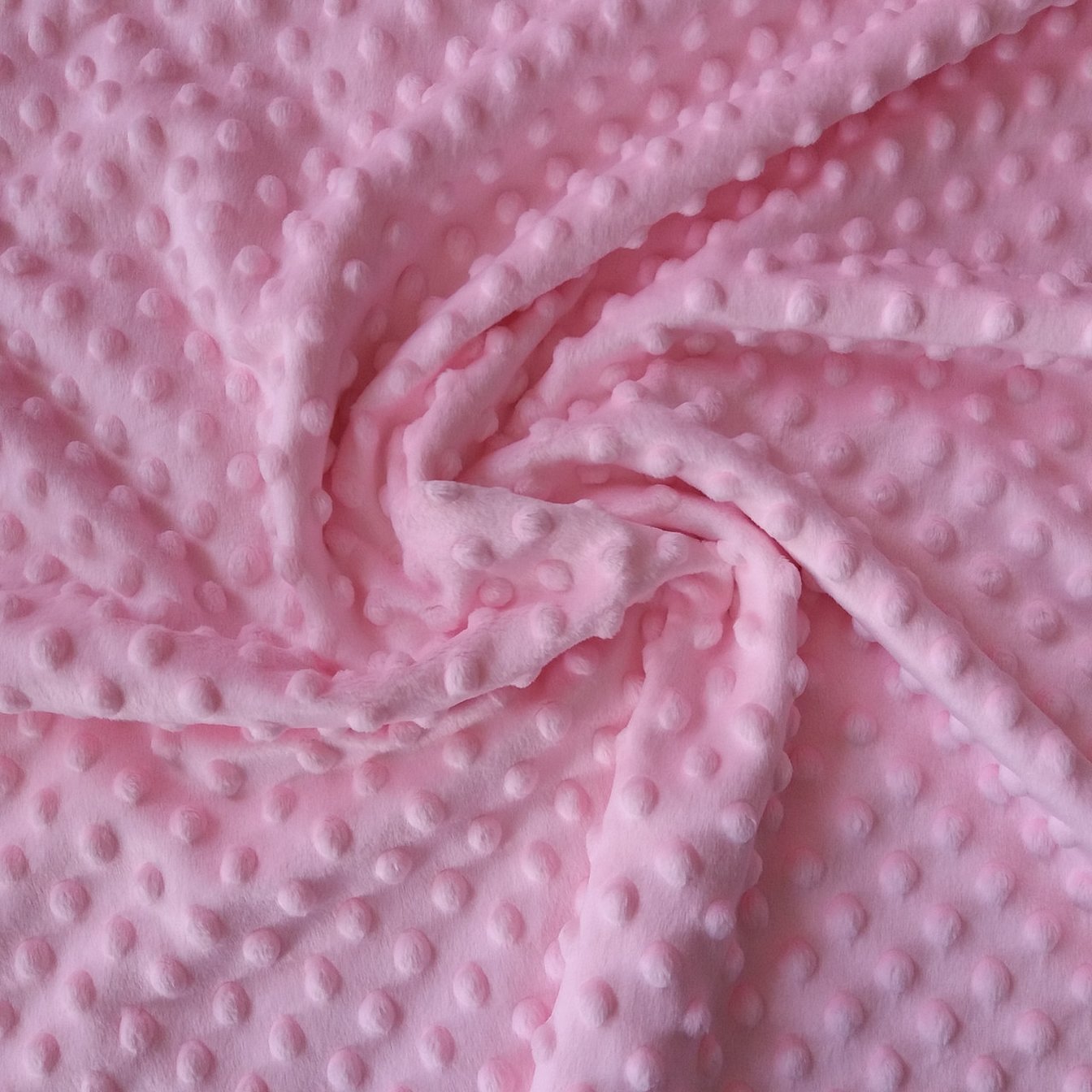
This fabric is intended for sewing children's textiles. But, recently, minky plush is also used for sewing bedding and clothing for adults.
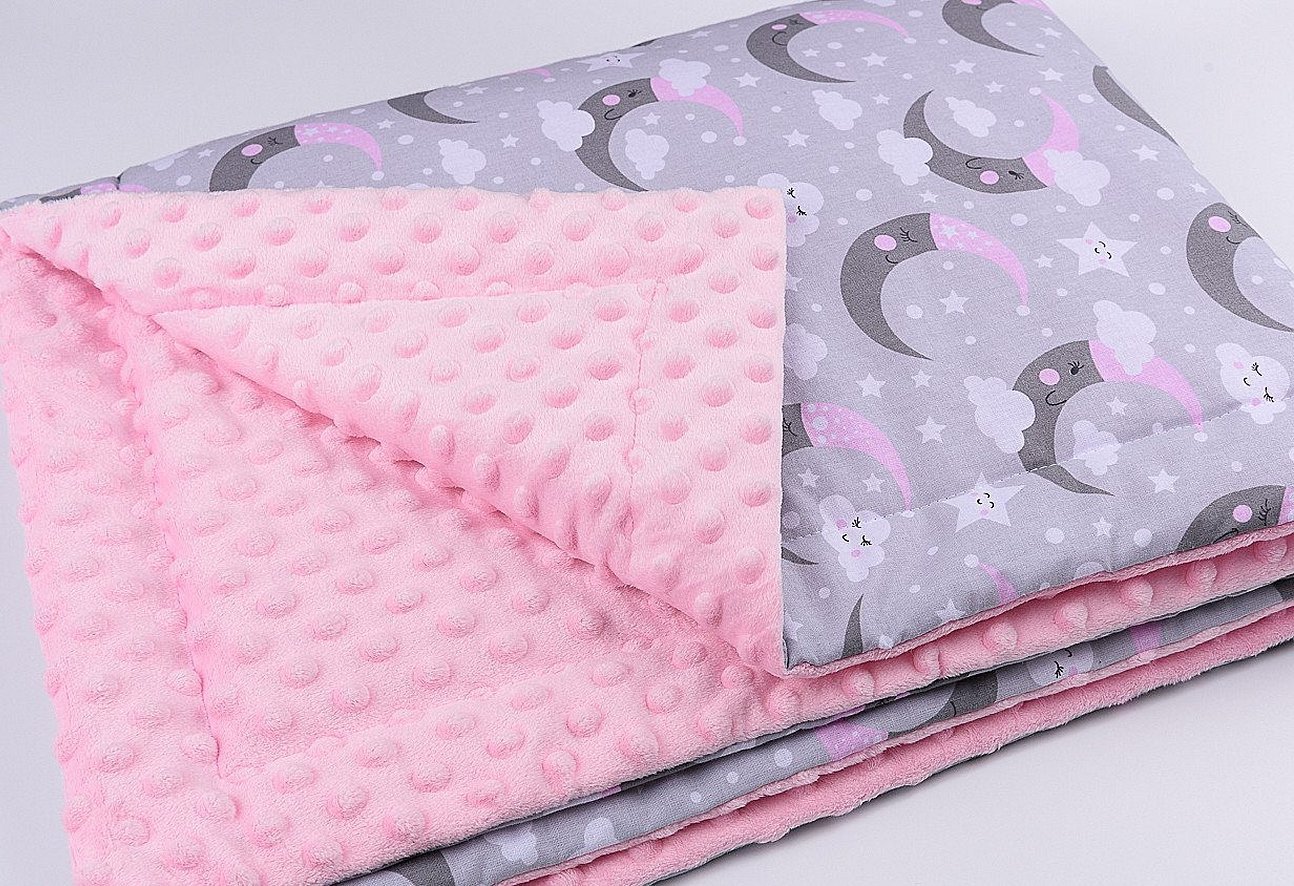
Description and composition
Minky plush (hereinafter referred to as minky) is a fabric that has a back and a front side. On the front side, it has a smooth and very soft pile, up to 5 mm high, with a characteristic pattern in the form of pimples. It is also called microfiber plush. The composition of minky plush is 100% polyester.

What can be sewn from minky plush
This fabric is widely used for sewing children's clothing, bedding and other accessories, such as:
- Blankets, throws, pillows;
- Overalls, hats;
- Booties, pants, vests;
- Carnival costumes;
- Soft toys.
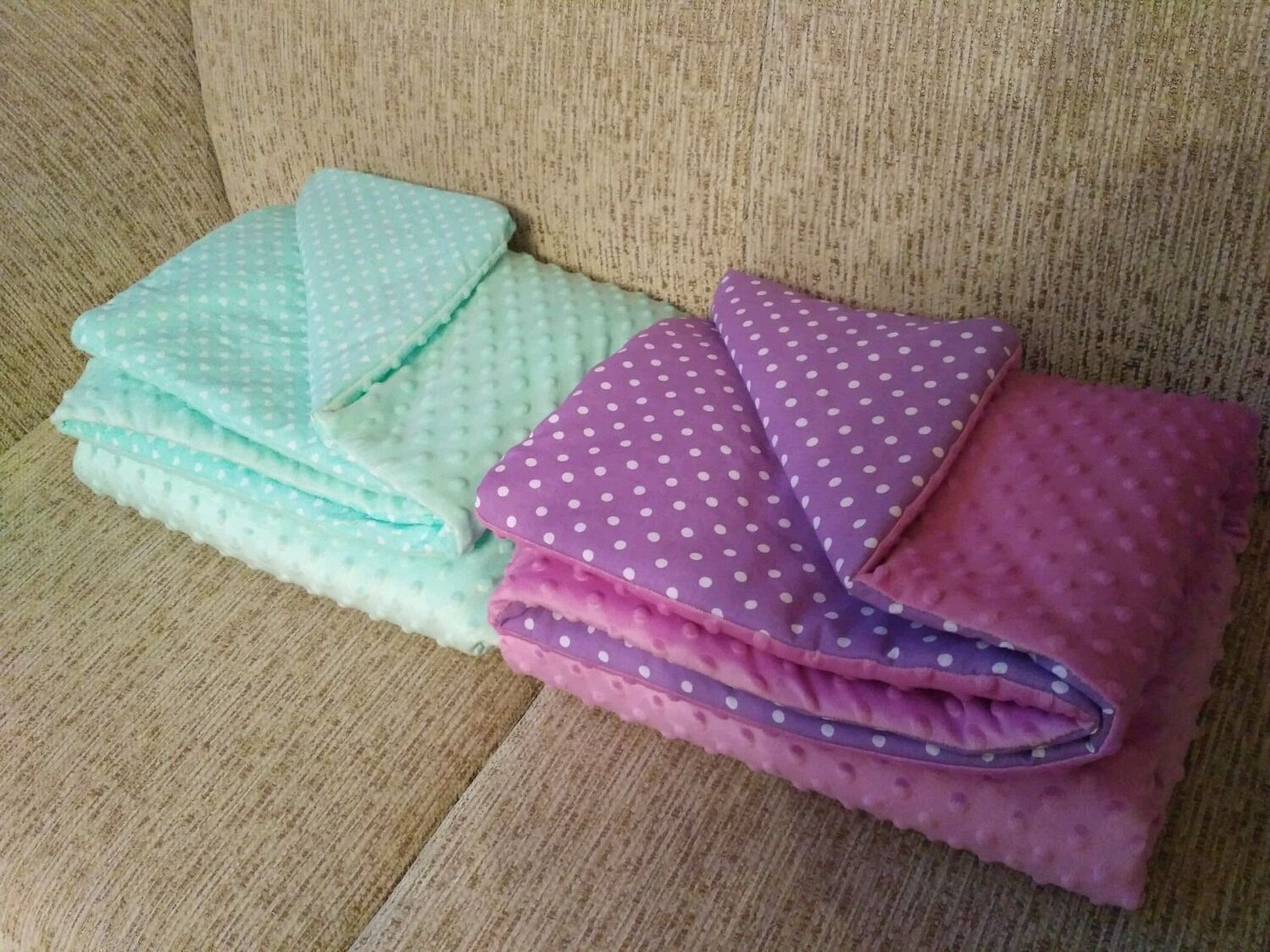
In work, this fabric has certain features. It is quite slippery and sometimes it takes time to get used to it. The following points will help to facilitate the sewing process:
- One of the main tasks before sewing is cutting the material. It is important to consider not only the grain (that is, the direction of the grain thread), but also the direction of the pile. If this was not paid attention to, then when sewing, the parts of the product may differ in color and have, in general, a different appearance. The pile should be directed from top to bottom;
- When working with sewing equipment, both household and industrial, it is important to select the right needles. Since minky plush has a knitted base, needles with a round tip are required. If the needles are too sharp, not suitable for knitted fabric, they can leave marks in the form of small holes. This will shorten the life of the product;

- Since the fabric is slippery, it is better to secure everything with pins before sewing the pieces together;
- Also, minky plush has a high density, and pins, in some cases, do not help. Then you can baste the parts beforehand;
- The stitch on the sewing machine should be set wider than for light, non-stretchy fabrics. If you have a walking-feed foot, you can use it. If increasing the stitch size does not help to sew the parts evenly, you need to loosen the thread tension on the sewing machine;
- Since the fabric is piled, when cutting and sewing, a lot of fluff remains around the work area. Roller adhesive tape will help to clean it.
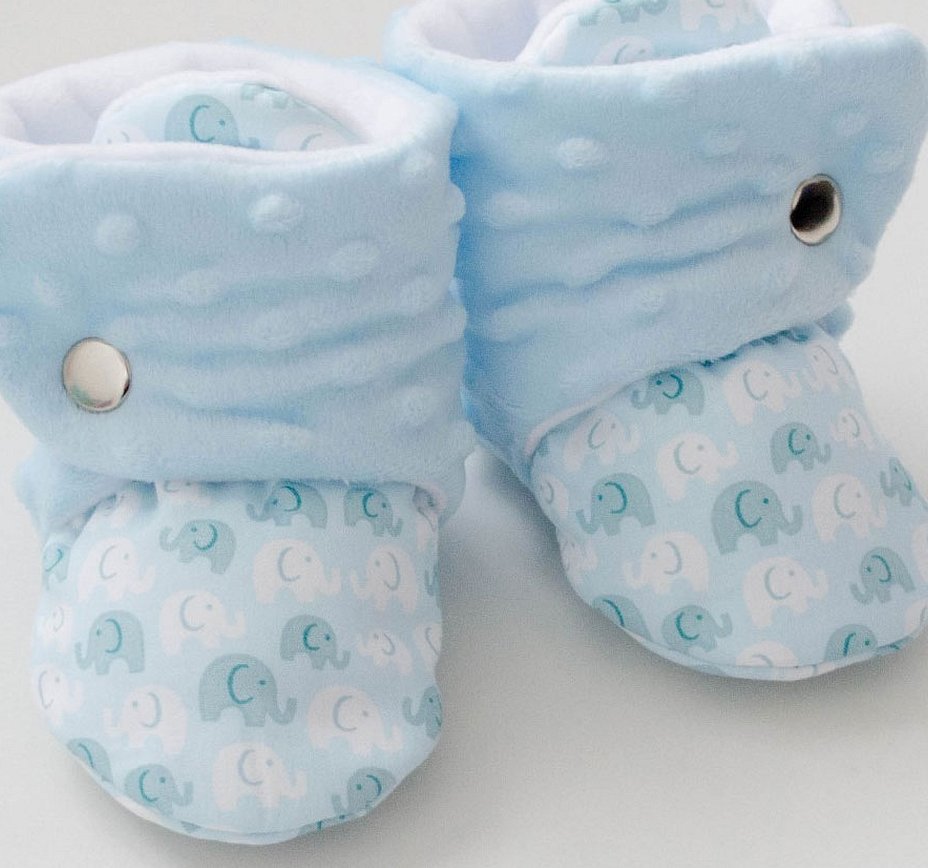
One of the most popular is American plush. But its price is higher than that of manufacturers from China, Poland and other countries. What is the reason for this:
- One of the important, characteristic elements of minky plush is its density. Two fabrics of different density give a completely different appearance to the finished product. If we talk about American plush, its density is 380 g / m2. While other manufacturers offer materials with a density of 220-280 g / m2;
- The pile plays a big role, that is, its density. On fabric from the USA, it is very dense. It is impossible to see the material to which the pile is attached, that is, its base. Fabrics from Poland are also quite dense in pile filling, which cannot be said about some Chinese manufacturers;
- It is important to pay attention to the reverse side. More expensive fabrics do not pill, are very smooth and pleasant to the touch.

Manufacturers from all countries provide a very wide range of colors. If we talk about quality, then without a doubt - it is American white plush. But there is one big minus - its price. Fabrics from Poland and China are more affordable in the price category. Often have quite good quality and look great in a number of certain products.
For your information! The manufacturer may also depend on what needs to be sewn. For example, if these are blankets, pillows and other pastel items, then you can choose a cheaper fabric. Whereas for clothing, it is recommended to choose not by price, but by the quality of the material.
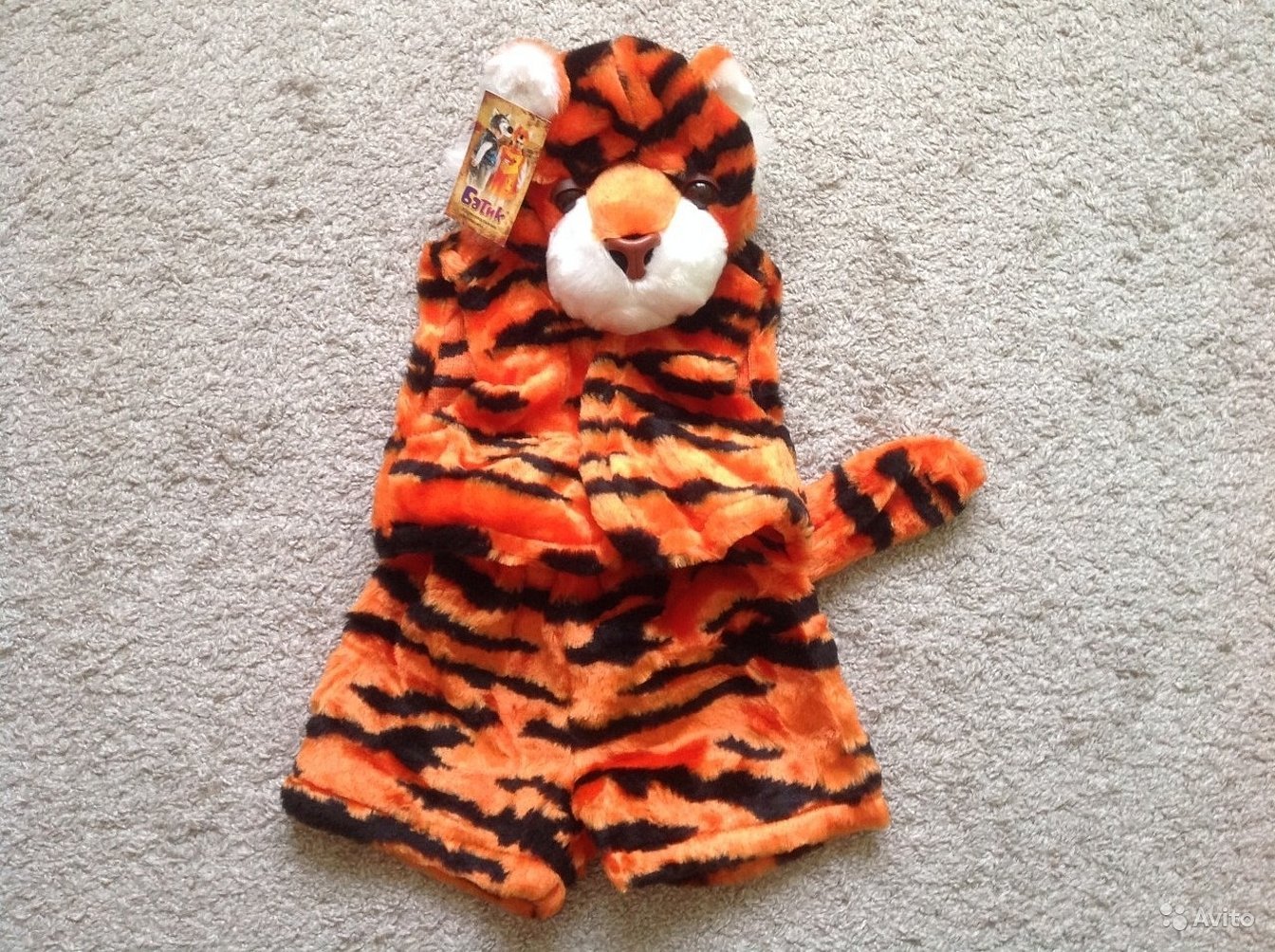
How to Decorate Plush Fabric Items
Plush fabric products can be decorated in different ways, depending on the type. Appliques can be sewn onto clothes, made of the same fabric, but in different colors. Materials of a different texture can be used. To do this, before sewing the product, you need to:
- Think about the design of the applique, a checkered pattern will do;
- Make up and cut out all the details involved in the drawing;
- Take the part of the product itself on which the decoration will be sewn;
- Place the applique pieces and pin them in place. You can also baste them;
- We sew on a pattern made by hand or using a machine.
For example, it can be a house, or some animal looking out of a pocket. Then you need to sew the animal first, and then sew the pocket. Appliques are suitable not only for clothes, but also for other types of plush products. Blankets, pillows, and blankets are also great for this type of handicraft.
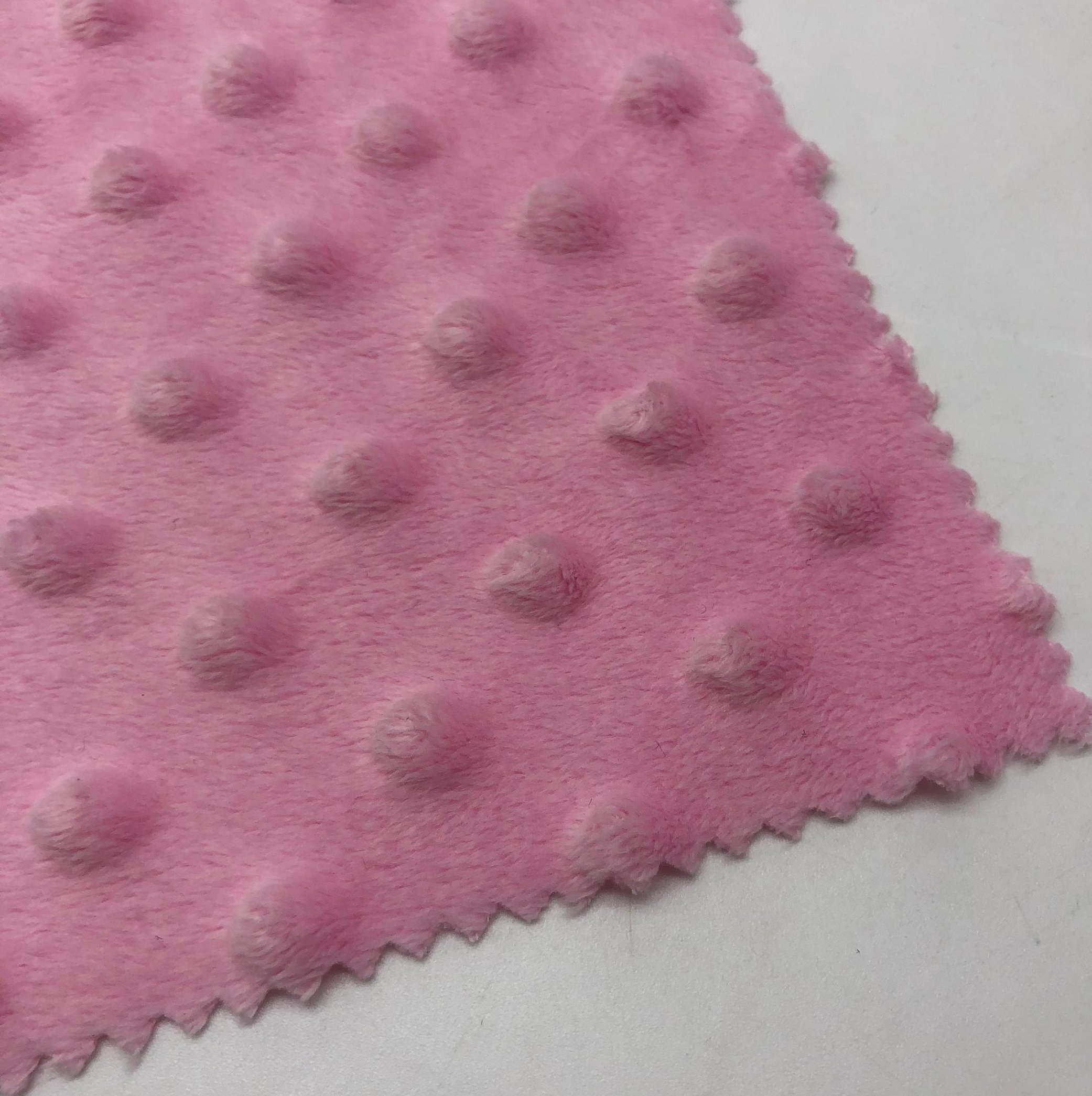
Applications can also be made from other materials, such as:
- Rhinestones;
- Beads and beads;
- Ready-made patches;
- Brooches.
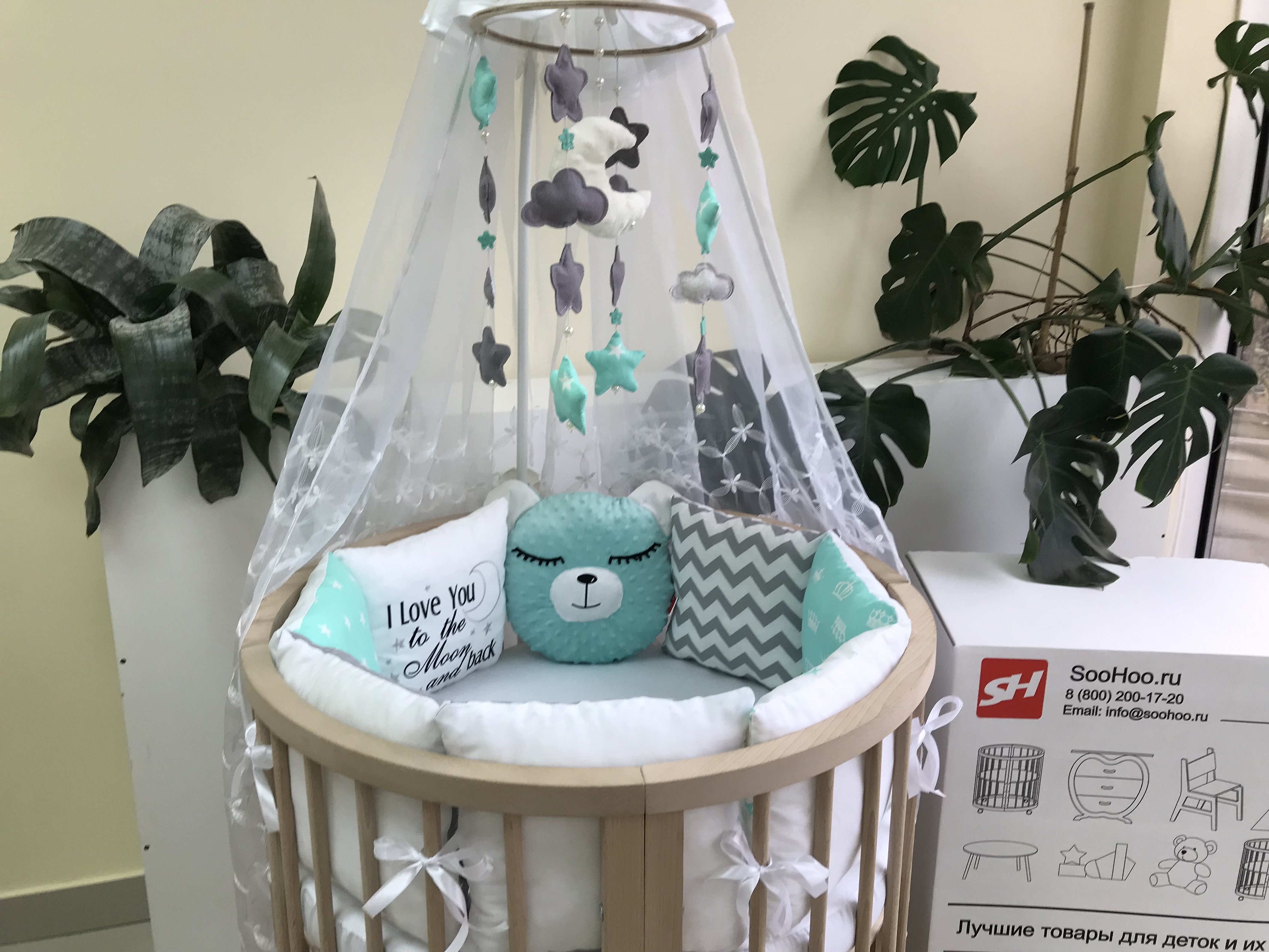
Interesting! Envelopes and hats can be decorated with bows sewn by yourself. For this, you can use the same fabric or take a piece of a different color (different texture). Also, hats can be supplemented with cat, bear, or bunny ears, which will wonderfully complement the image of the finished product.
Can you embroider on plush fabrics?
One of the popular decorations is embroidery. It can be machine or hand. Hand embroidery on plush should not be a complex composition. Since it will be quite difficult to do on a fabric with pile. For convenience, you can draw a picture on thin paper, such as tracing paper, and fix it on a certain area of the canvas. Then, using a hoop, embroider the future picture along the contour on the paper. After completing the work, carefully remove the paper from under the embroidery.
Things are much simpler with embroidery done with an embroidery machine. It is enough to find a suitable drawing in electronic form and load it into the equipment. Decide on the size and start. The size of the embroidery will depend on the functionality of the embroidery machine.
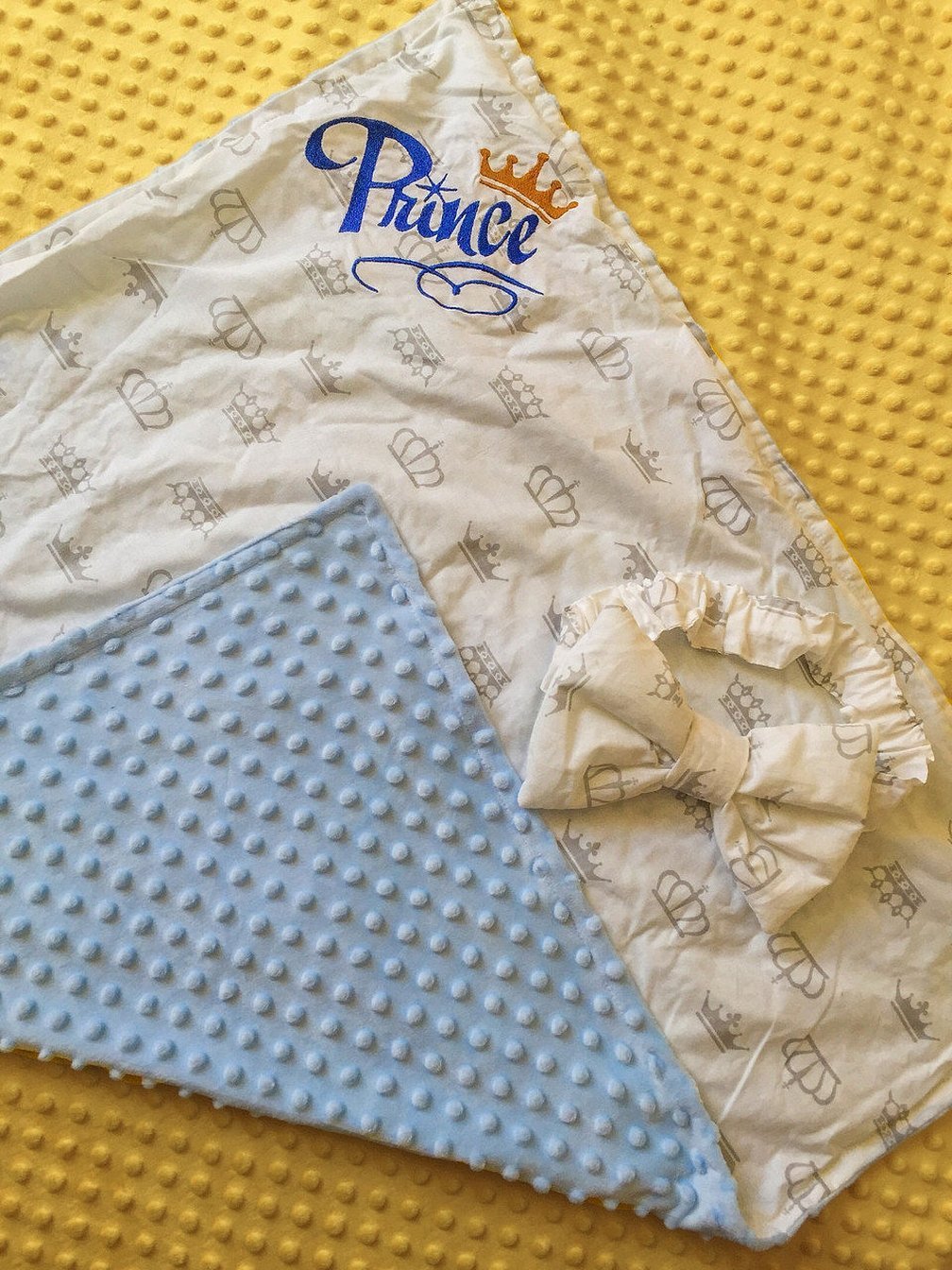
Images of angels, pacifiers and booties look great on envelopes for newborns. Various small drawings of animals, flowers, etc. are suitable for clothing, larger ones for blankets and throws.
Attention! Machine embroidery, due to its stitch density, looks great on shaggy plush, as the design sinks into the nap and attracts attention.
Operation and maintenance
There are several recommendations for care and operation:
- Plush products should be washed at a temperature no higher than 30-40 degrees;
- You cannot use high temperature washing, boiling, etc., this can damage the color of the fabric and cause the product to shrink significantly;
- Do not use cleaning agents containing chlorine, bleach, etc.;
- Do not use the washing machine spin cycle above 60° degrees;
- Dry in a dark place without direct sunlight, this also destroys the texture and color of the material;
- Ironing is not recommended. If necessary, iron on the reverse side at a low temperature.
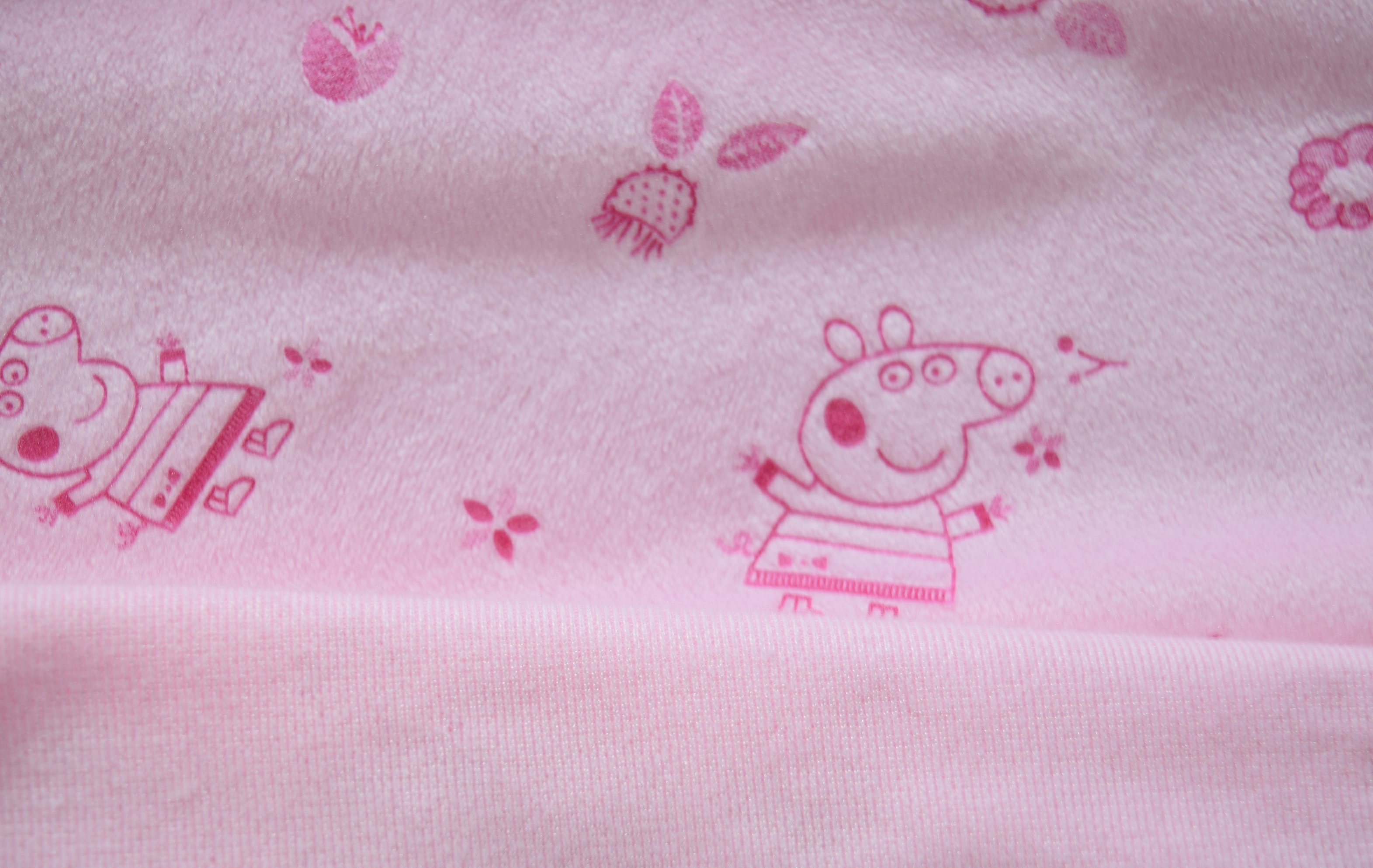
Reviews
Karina, Ufa: "It's good when your imagination works and you have many ideas on how to decorate a finished or future product in various ways. But the mink material itself can be used as decoration and additions to sewing from other fabrics. I was very pleased."
Elena, Saratov: “I buy this material all the time. For example, consider a handmade jumpsuit. You can find such jumpsuits in stores selling products through social networks. The main fabric of such a product can be made of any jacket fabric, thick knitted fabric or non-elastic thick cotton. All these products are perfectly complemented by a lining material made of minky plush. Firstly, this plush, as a lining, visually looks very warm. Secondly, the plush is very soft and gentle. Ideal for clothes of newborns and infants. I really like it.”
Kristina, Nizhny Novgorod: “I buy plush to complement the product — these are masquerade costumes. Why as an addition? Because plush is very dense. And if you sew a wolf or other animal jumpsuit entirely from this material, for a child or an adult, it will be very hot and uncomfortable at the party. But plush can be used to make a squirrel skirt, shorts for a bear, bunny or wolf cub. To make tails and corresponding headdresses. Such fluffy and soft material is ideal for animal costumes.”
Please note! Also, minky plush is well suited for combining blankets and quilts. When the upper side is sewn from plush, and the lower side from any other material.
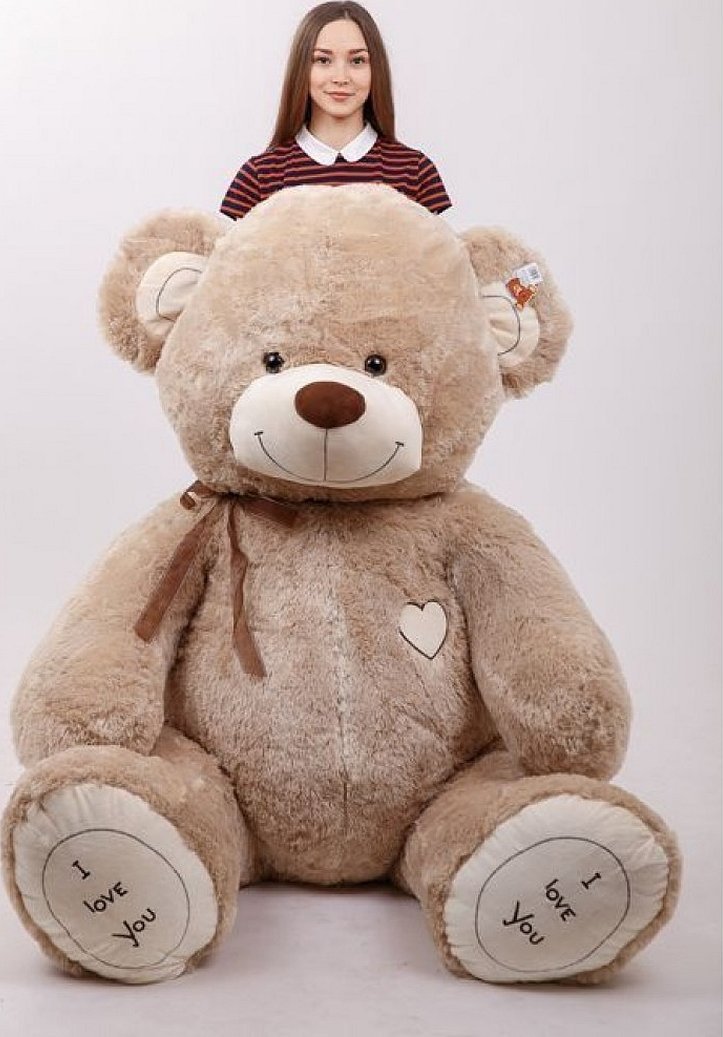
To sum it up, we can say that minky plush has a very wide application. It is quite popular among people engaged in handicrafts and sewing. This material can be found in almost every store that offers a range of fabrics for sewing children's knitwear. When choosing a fabric and its manufacturer, it is important to understand what to pay attention to and what its price will depend on.

